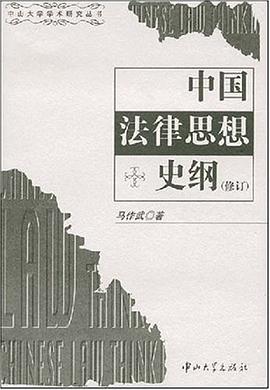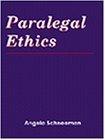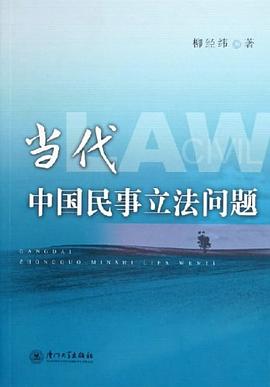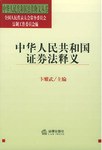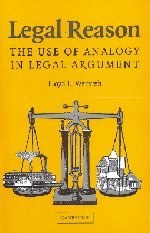Acknowledgements xiii
Introduction xiv
Chapter 1
Court interpreting: The main issues 1
1.1 Introduction 1
1.2 Accuracy of interpretation 2
1.2.1 The interpreting process 3
1.2.2 Pragmatic equivalence 5
1.3The role of the court interpreter 8
1.4 Conclusion 14
Chapter 2
Historical overview of Court Interpreting in Australia 15
2.1 Introduction 15
2.2 Review of Government Reports on Interpreting and Translation
Services in Australia 16
2.3The Australian legal interpreter today 25
2.3.1 Legal Interpreting Training 26
2.3.2 Research 27
2.4 Conclusion: A matter of access and equity 28
Chapter 3
Courtroom questioning and the interpreter 31
3.1 Introduction 31
3.1.1 The discourse of the adversarial system 31
3.1.2 The purpose of examination-in-chief and cross-examination 33
3.1.3 Question form and type 33
3.1.4 Pragmatic function of questions 35
3.1.5 Interpreting courtroom questions 36
3.2 The study 37
3.2.1 The data 37
3.2.2 Question type according to examination type 40
3.2.3 Original counsel questions in English and their Spanish interpreted
versions 42
3.2.3.1 Cross-examination questions through the interpreter 43
3.2.3.2 Tag questions 44
3.2.3.3 Tag questions in English 45
3.2.3.4 Tag questions in Spanish 46
3.2.4 Interpreters’ renditions of each type of tag question in
cross-examination 48
3.2.4.1 Invariant tag questions - Positive declaratives with positive
ratiªcation tag - “Is that right?” / “Is that correct?” 48
3.2.4.2 Invariant Tag questions - Negative declaratives with positive
ratiªcation tag - “Is that right?” / “Is that correct?” 50
3.2.4.3 Constant Polarity Tag - Positive declaratives with positive auxiliary
tag - “You work all night, do you?” 50
3.2.4.4 Checking Tags 52
3.2.5 Examination-in-chief questions through the interpreter 55
3.3 Conclusion 58
Chapter 4
The use of discourse markers in courtroom questions 61
4.1 Introduction 61
4.2 Uses of “well” and “now” in examination-in-chief 63
4.2.1 Uses of “well” in examination-in-chief 63
4.2.1.1 Interpreters’ renditions of “well” in examination-in-chief 63
4.2.2 The uses of “now” in examination-in-chief 66
4.2.2.1 The interpretation of “now” in examination-in-chief 68
4.3Uses of “well”, “see” and “now” in cross-examination 68
4.3.1 Uses of “well” in cross-examination 71
4.3.1.1 The omission of “well” in the interpreter’s renditions 72
4.3.2 The uses of “see” in cross-examination 79
4.3.2.1 The interpreter’s treatment of “you see” 80
4.3.3 The uses of “now” in cross-examination 84
4.3.3.1 The interpreter’s renditions of “now” in cross-examination
questions 85
4.4 Conclusion 85
Chapter 5
The style of the Spanish speaking witnesses’ answers and the interpreters’
renditions 87
5.1 Introduction 87
5.1.1 Speech style and the evaluation of character 87
5.1.1.1 The evaluation of witness’s character 90
5.2 The style of the Spanish answers and their interpretation into
English 95
5.2.1 The data 95
5.2.2 Analysis of hesitations 96
5.2.2.1 Witnesses’ original hesitations 97
5.2.2.2 Interpreters’ hesitations 101
5.2.3Hedges and ªllers 104
5.2.3.1 Omissions of hedges and ªllers in the interpretation 107
5.2.3.2 Additions of hedges and ªllers in the interpretation 110
5.2.3.3 Hedges and ªllers maintained in the interpretation 112
5.2.4 Discourse Markers 113
5.2.4.1 The use of “bueno” in the Spanish original answers 115
5.2.4.2 The addition of discourse markers in the interpretation 120
5.2.5 Grammatical errors in the English interpretations 124
5.2.5.1 Examples of errors in the original 126
5.2.5.2 Examples of errors in the interpretation 130
5.3Rules vs. Relational oriented witnesses 137
5.4 Matched-guise experiments 145
5.4.1 Experiment methodology 145
5.4.2 The experiments 147
5.4.2.1 Experiment 1–Evaluation of Spanish speaking witnesses vs the
interpreted versions 147
5.4.2.2 Experiment 2–stylistically accurate vs inaccurate interpretations 154
5.5 Conclusion 156
Chapter 6
Control in the courtroom 159
6.1 Introduction 159
6.1.1 Aims of the chapter 163
6.2 The results 164
6.2.1 Macrostructure of examination-in-chief and cross-examination 165
6.2.2 Number of questions required to obtain a desired answer 167
6.2.3Topics introduced by the witnesses 176
6.2.4 Questions posed by the witnesses 181
6.2.4.1 Questions asking for clariªcation 182
6.2.4.2 Questions asking for a repetition 183
6.2.4.3“I don’t understand” questions 183
6.2.4.4 Challenging questions 185
6.2.4.5 Rhetorical questions 187
6.2.4.6 Questions asking for permission to speak 189
6.2.5 Counsel resorting to the use of the third person 191
6.2.6 The interpreter answering the witness’s question 194
6.2.7 Interruptions to counsel’s questions by the witness, the interpreter,
the magistrate and the counsel for the other side 198
6.2.7.1 Witness interruptions 198
6.2.8 Interpreter interruptions 203
6.2.9 Magistrate’s interruptions and counsel’s objections 208
6.3Conclusion 209
Chapter 7
The interpreters’ response 211
7.1 Introduction 211
7.1.1 Details of questionnaire 211
7.1.2 Personal details of the respondents 212
7.2 Knowledge of the legal system 212
7.3Language issues 213
7.3.1 Translation of questions 215
7.3.1.1 Translating “Re-questions” 215
7.3.1.2 Translating discourse markers 217
7.3.1.3 Translating Declarative Questions with tags 221
7.3.2 Translation of answers 226
7.4 Role of the interpreter 229
7.5 Conclusion 231
Chapter 8
Conclusions 235
8.1 Introduction 235
8.2 Summary of results 240
8.3 Contributions and recommendations 242
Notes 245
References 247
Index 263
· · · · · · (
收起)
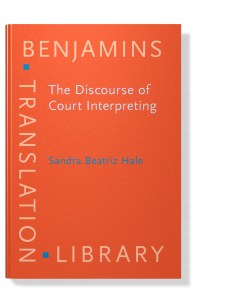



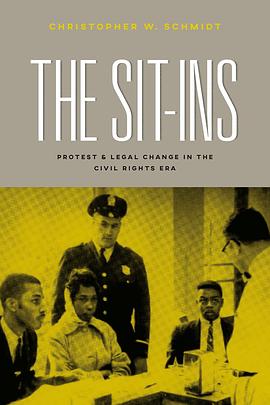



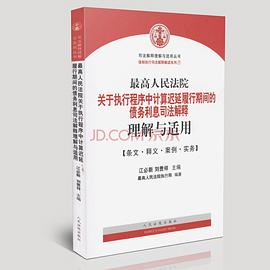
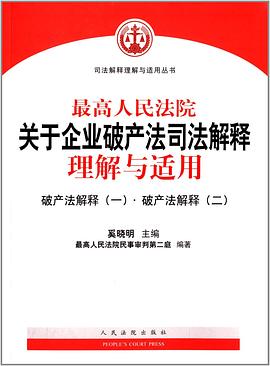

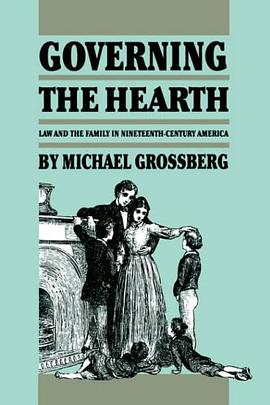
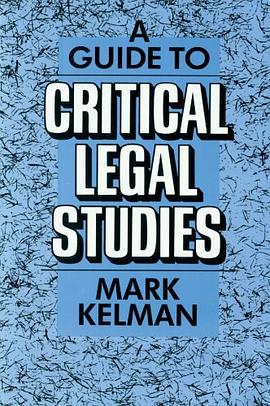

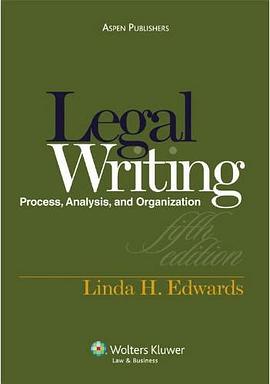
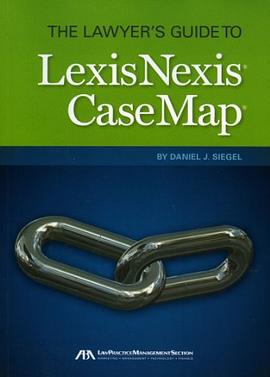

![A Critique of Adjudication [fin de siècle] pdf epub mobi 电子书 下载](https://doubookpic.tinynews.org/77baa38aa22bf1cabf2fb451c9f390d90347a3f82a4acf49be9b3ceca780faee/s3269311.jpg)
